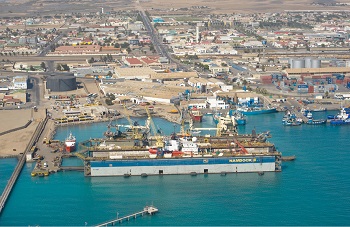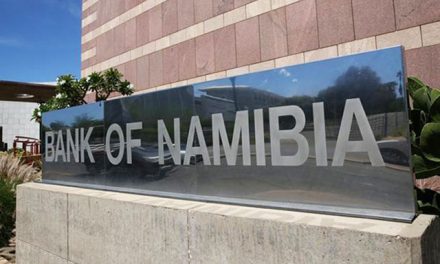
Namibia records its first annual current account surplus since 2007 – N$207 million surplus recorded

Namibia recorded its first annual current account surplus since 2007, recording a surplus of N$207 million (N$3.4 billion) in 2020, from a deficit of N$217 million (N$3.1 billion) in 2019, according to the latest data from the Bank of Namibia.
This is a result of the slump in goods imports during the year. The goods balance returned a deficit of N$878 million in 2020, compared with a deficit of N$1.3 billion during the previous year. This was mainly thanks to a much lower merchandise import bill of N$4 billion (-11%) as the value of imports in most subcategories fell.
The broad decline in goods imports was indicative of debilitated domestic demand and lower oil prices. The sharpest declines were recorded for fuels (-28%) vehicles, aircraft vessels (-9%) and consumer goods (-5%).
Namibia continues to source most of its goods imports from South Africa (64.3%), followed by the eurozone (6.5%) and China (5.5%).
The country mainly imports fuel and consumer goods from South Africa and machinery from the eurozone and China.
PSG Namibia Research Analyst, Shelly Louw said the first annual current account surplus since 2007 is not a sign of economic strength, but rather a consequence of feeble domestic demand amid COVID-19 restrictions and a fortunate inflow of SACU revenues.
She explained that the current account balance is set to deteriorate significantly over the medium term due to a sharp reduction in SACU receipts, in line with the recent weak performance in the South African economy which affects the SACU revenue pool the most.
“Further pressure on the current account will stem from increased capital goods imports for mining projects and the recovery in oil prices from the low 2020 levels. The possibility of recurring or
prolonged travel restrictions amid new waves of COVID-19 infections (despite the rollout of vaccines), which would weigh on travel and transport services, is a major downside risk to the current account balance in the near term,” Louw said.
Meanwhile, on the other side of the goods trade ledger, the value of exports fell to N$3.1 billion last year compared with N$3.8 billion in 2019. Exports of diamonds (-34%), food, live animals (-34%), manufactured goods (-27%) and processed fish (-14%), fell the most.
The value of manufacturing exports declined, mainly due to lower exports of meat, polished diamonds, refined zinc, and beverages.
Namibia’s leading export partners in 2020 were the eurozone (24.6%), South Africa (22.4%) and China (19.3%). Exports to the eurozone mainly consisted of fish, beef, and copper cathodes, while exports to South Africa primarily comprised gold and live animals.
“The expected loss in revenues from SACU transfers, diamond exports, and services would also give rise to further debt financing by the government, which could reduce the country’s creditworthiness and lead to capital outflows,” Louw said.











































